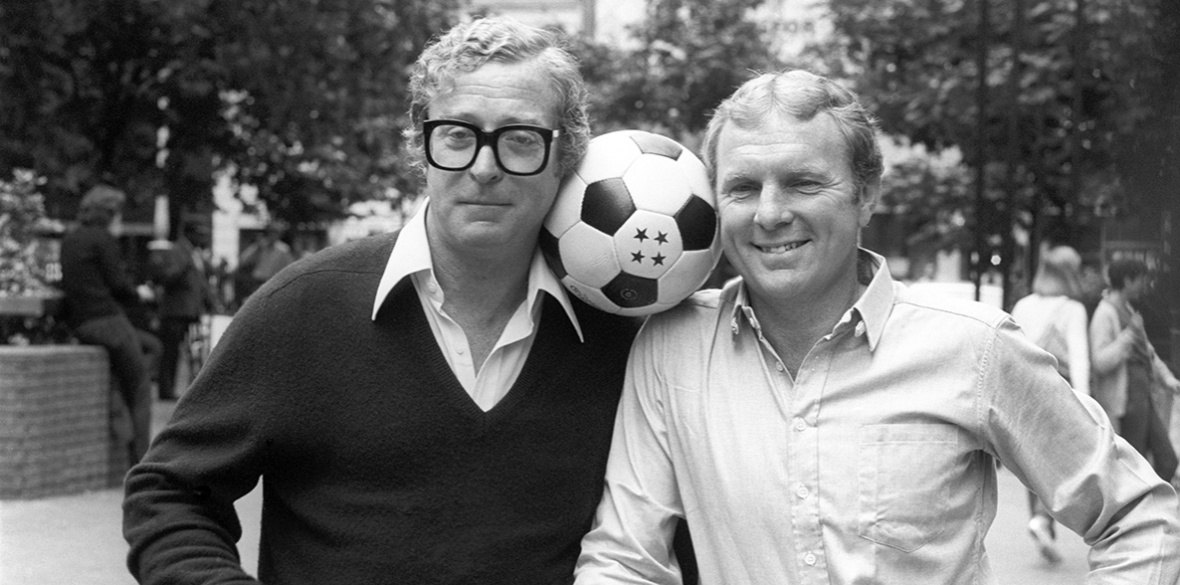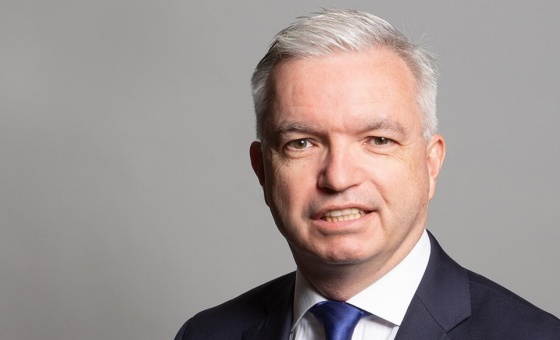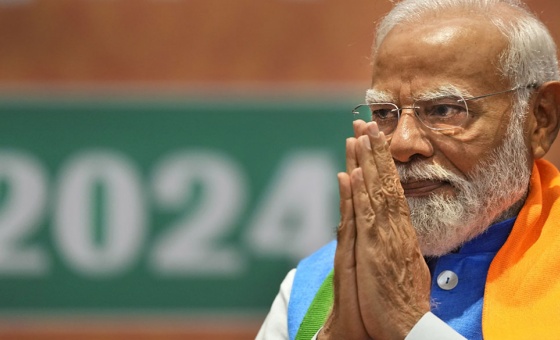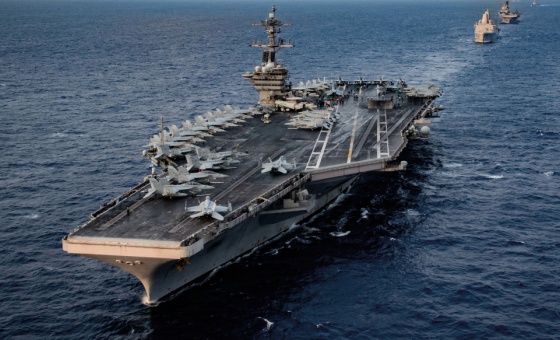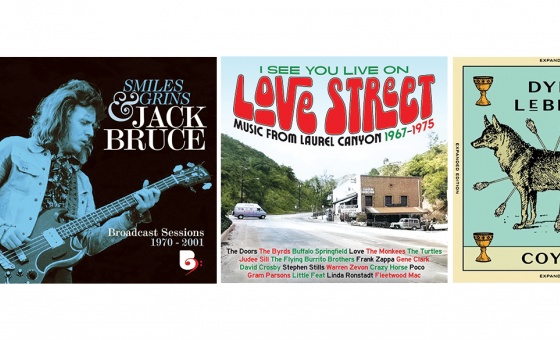This is the last article you can read this month
You can read more article this month
You can read more articles this month
Sorry your limit is up for this month
Reset on:
Please help support the Morning Star by subscribing here
IT WAS the line that altered the course of movie history. With the Allied football team trailing 4-1 to the Nazis, Ipswich Town’s 21-year-old centreback, Russell Osman, stepped up ahead of Pele and Bobby Moore as Sylvester Stallone and Michael Caine prepared to escape and uttered the immortal words: “I don’t want to go. Let’s go back … We can win this!”
Forty years ago today, Victory, directed by renowned film-maker John Huston, was released in the United States. Better known around the world as Escape to Victory, the film was a remake of the 1961 Hungarian release Ket felido a pokolban (Two Half Times in Hell) and based upon the Soviet propaganda myth of a Ukrainian team who were executed at Babi Yar in Kiev after winning a game against their German occupiers.
Deviating from that tragic ending, Escape to Victory instead uses the match between a hastily assembled group of prisoners of war and a Nazi select 11 to tell an allegorical story of the second world war on a football field.
The film opens by highlighting the stark reality for the majority of those attempting to escape from a concentration camp when a fleeing prisoner is discovered and machine-gunned to death against a barbed-wire fence, and it later touches on the chasm in conditions for prisoners on the eastern front when five emaciated players are drafted in from forced labour camps.
Yet it climaxes with the “liberation” of oppressed French fans who defiantly sing La Marseillaise before storming the Nazi guards to reclaim the Parisian pitch and celebrate their moral victory.
Four years after achieving global recognition in the first Rocky movie, Stallone was the box-office star as Robert Hatch, the American who convinces former West Ham United star John Colby (played by Caine) to include him as the team’s goalkeeper in order to facilitate a plan of escape.
But it is the football players drafted in from the world, such as Pele, Moore, Osvaldo Ardiles, Kazimierz Deyna and Paul Van Himst, who gave the film its everlasting international appeal.
In such glittering company, Osman, who had made his international debut for England a few weeks before filming began in 1980, may have seemed out of place, but by the time the movie was released the following summer, he and the other Ipswich Town “extras” had become stars in their own right after winning the 1981 Uefa Cup, with fellow actor John Wark equalling the European club competition record by scoring 14 goals in the tournament.
Osman told me how the unlikely opportunity to star in a big-screen movie was down to their future England manager.
“Somebody must have approached Bobby Robson. He spoke to the players towards the end of the season and just asked if anyone wanted to go and help contribute to what we thought were some background scenes of people playing football.
“He would grant us permission and we were free to go if we wanted. I was single, I hadn’t got anything planned. One or two of the others lads fancied it, and off we went.”
While Ipswich teammates Mick Mills and Paul Mariner represented England at Euro 1980, Osman, along with Kevin Beattie, Paul Cooper, Kevin O’Callaghan, Laurie Sivell, Robin Turner and Wark, flew out to Hungary during the close season.
Part of the Scotland squad who had just played in Budapest, Alan Brazil was asked to stay on, but after three weeks away chose to go home to spend time with his wife Jill.
As Osman explained: “Players had already got some commitments in the summer. I personally had nothing planned and nothing better to do, so that’s one of the reasons I went, but if you’ve got a wife and kids, it’s a different kettle of fish.
“To commit to five, nearly six weeks, in Budapest was giving up the whole of your summer to go on an experience that we didn’t know a lot about beforehand. It’s only later on, you realise what a great decision it was!”
The fictional match was set up as a propaganda showpiece to be played in occupied Paris but rather than use the real Stade de Colombes, venue of the last pre-war World Cup final in 1938, the film was shot at the now demolished MTK Stadion in Budapest, itself rebuilt following the second world war after the original stadium was damaged during the German occupation.
The musical score was created by Bill Conti, who shot to fame for composing the soundtrack to Rocky.
In Escape To Victory, he draws heavily on Shostakovich’s Leningrad Symphony which was composed in occupied St Petersburg as a symbol of opposition to the repression of Nazism.
The professional players had to quickly adapt to performing with old-style football boots and brown leather balls.
“We were fortunate the weather stayed pretty warm and pretty dry most of the time so the balls never got too heavy,” admits Osman.
“We were just larking about and playing games in between filming sessions. After a while you forget that you’re playing in these very cumbersome mining boots.”
Osman, who played Doug Clure, a centreback in the team alongside Moore’s character, Terry Brady, was unexpectedly given three speaking lines.
“For some reason I was chosen, it came as a bit of a surprise. Suddenly you’re being given a script and told the next morning you’ve got dialogue with Michael Caine.
“You’re thinking: ‘Hold on a minute, this wasn’t quite what we agreed to.’
“At the end of the day, it proved to be a good decision and I was grateful to be given the opportunity.”
Playing Luis Fernandez, a corporal from Trinidad, a 39-year-old Pele, who had become a celebrity in the United States after playing for the New York Cosmos, was the only footballer mentioned in the billing block of the movie poster.
Osman remembers the thrill of taking part in rondos with him in between shoots.
“He probably didn’t realise who we were. We would go out for meals in restaurants regularly as a group. I remember Pele’s manager would come along with him and bring a guitar.
“Pele would have a drop of scotch, have a sing-a-long and play the guitar. He was very approachable.”
Stallone was less amicable, famously challenging the late Kevin Beattie, known to his teammates as “Monster” on account of his natural physical strength, to an arm wrestle off-set.
“He didn’t take losing very well,” remembers Osman. “I forget how it came up. He fancied taking Kevin on right-handed to start with.
“I think that was Sly’s stronger hand, he didn’t realise Kevin was left-handed. Kevin beat him right-handed first and then they went left-handed and Kevin, well, found it a lot easier left-handed.
“That’s basically the last Sly had to do with us … He’ll probably tell a different version of it!”
Pele’s former teammate at Cosmos, Werner Roth, was drafted in as the Nazi team’s star striker Baumann. Sivell and Turner also featured on the German side, with the other players drafted in from a local Hungarian side.
Pele was given a credit in the closing titles as the choreographer of the football plays, which included him scoring the picture-book equalising goal with a slow-motion overhead kick, but Osman recalls that it was a more collective process.
“Between him and the other senior players, they more or less dictated how the filming of the football scenes should be taken.
“Originally they came over with an American producer who thought he would be able to stick 20-odd cameras around the stadium and just film what was going on.”
The 1981 version remains a cult classic which will be aired once more on ITV4 tomorrow afternoon.
For Osman, this means he will once more have people reciting his famous lines at him on social media.
“Every time the film is on, I get a message from somebody. It’s nice to be reminded of it, actually. After 40 years, it’s actually growing in popularity. There’s more people talking about it now than when it first came out.”
In 2019, it was reported that Spanish director Jaume Collett-Sera would be making a new version of the film, also called Victory, for Warner Bros which will end with the famous match being played in front of Hitler himself.
Osman admits: “It would be interesting to see what they made of it. Like a lot of those films, the majority of the time, the original is the best. If they did it, it would be completely different now.”
Or to quote Osman’s character in Escape To Victory, creating another movie people are still talking about 40 years from now “ain’t going to be easy.”

